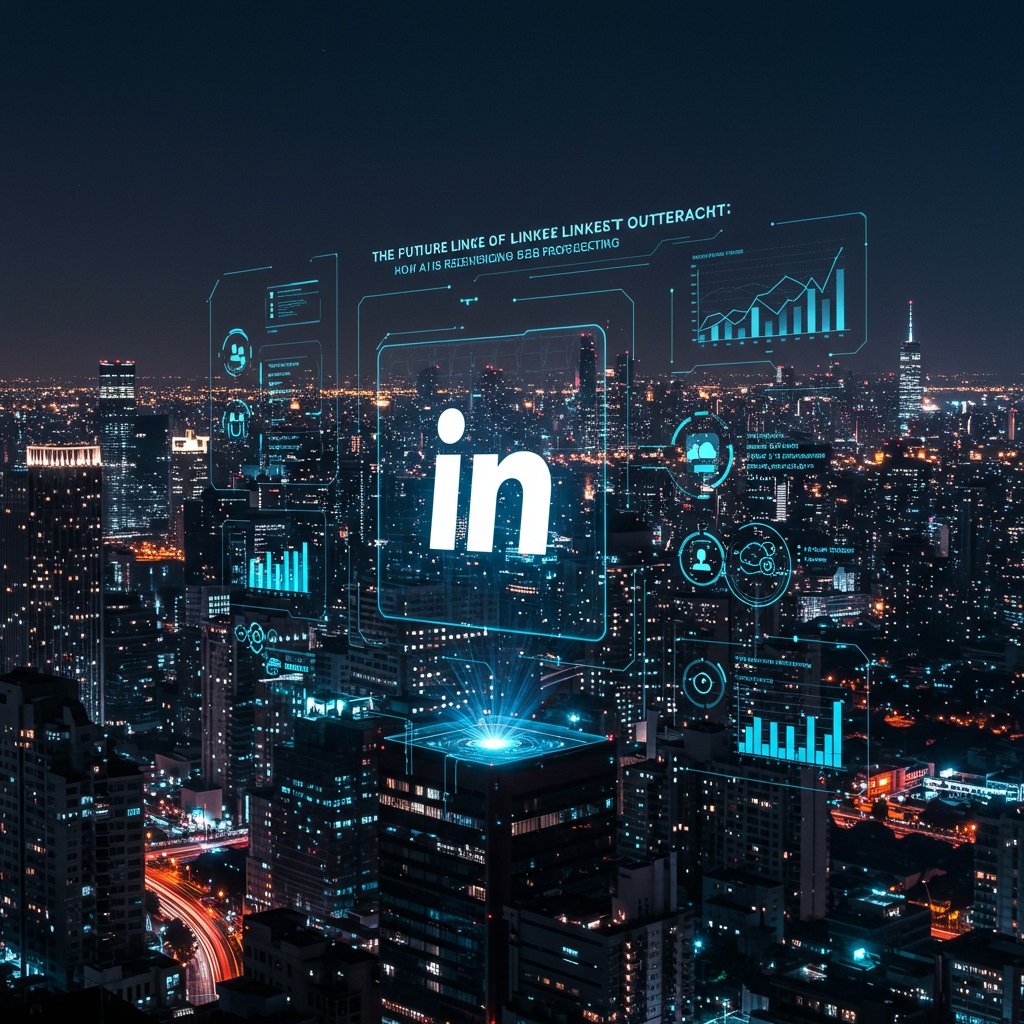LinkedIn is no longer just a networking site. It has become the central platform for B2B prospecting, especially in industries where relationships drive revenue. But as inboxes get noisier and manual strategies reach their limits, sales teams are turning to smarter tools to stay ahead. This is where LinkedIn outreach AI is stepping in to completely reshape how professionals connect, engage, and convert leads.
Rather than relying on guesswork or cold scripts, AI-led outreach helps teams build meaningful connections at scale. It brings together behavioral data, personalization, and automation to turn basic LinkedIn messages into conversion engines.
Smarter Targeting with LinkedIn Outreach AI
Finding the right prospect is often harder than writing the message. Traditional methods involve scanning lists, filtering manually, or relying on tools that only scratch the surface. LinkedIn outreach AI changes this by using machine learning to analyze patterns, behaviors, and intent signals.
How AI Improves Prospect Identification
- Behavioral cues: AI tools track user activity such as content engagement, role changes, or company growth to detect high-intent signals
- Role-context mapping: Instead of generic titles, AI understands what roles actually influence buying decisions within specific companies
- Adaptive filtering: As the model learns from campaign results, it refines future searches to match the traits of converted leads
This helps eliminate wasted outreach and lets your team focus on prospects who are far more likely to respond.
A recent Gartner report predicts that 80 percent of B2B interactions will be digital by 2025. AI-driven targeting ensures that your messages don’t just land digitally but also resonate.
Personalized Messaging at Scale
Sales personalization often means copying a name or job title into a template and hitting send. But today’s buyers expect much more. They want relevance, value, and timing. AI helps you deliver that without spending hours per lead.
The New Standard for LinkedIn Messaging
- Dynamic message creation: Tools now build messages around industry news, company milestones, or mutual interests
- A/B testing with feedback loops: AI identifies which messages work best, learns from the results, and improves over time
- Human-like tone: With natural language processing, AI-generated messages sound less robotic and more like real conversations
The result is outreach that feels less like a cold pitch and more like a thoughtful introduction.
Intelligent Follow-Ups That Don’t Annoy
One of the biggest challenges in LinkedIn prospecting is follow-up. Send too many and you get ignored. Wait too long and the lead forgets you. AI brings logic and timing into this often-mismanaged part of the funnel.
What Makes AI Follow-Ups More Effective
- Time-based sequencing: Sends nudges at optimal times based on past engagement patterns
- Tone adjustment: Modifies language depending on previous response or lack of one
- Thread-aware replies: Continues conversations seamlessly rather than restarting the pitch each time
By aligning with how people actually interact on LinkedIn, AI keeps follow-ups relevant and respectful.
Performance Tracking With Real-Time Learning
Instead of waiting until the end of the month to evaluate results, AI systems track performance in real time. They don’t just tell you what happened. They tell you why.
Metrics That Matter
- Message-level conversion rates: Know exactly which part of your outreach is driving replies
- Prospect profile performance: Understand what kind of lead profiles are converting best
- Campaign heatmaps: See which days, times, and sequences bring the highest engagement
This feedback is automatically integrated back into the system to optimize future campaigns without manual effort.
Conclusion
The future of LinkedIn prospecting will not be manual. It will be AI-led, data-backed, and deeply personalized. As buyers become more selective, relevance will become your only differentiator.
Sales teams that adopt AI now will be positioned to move faster, test smarter, and build stronger pipelines. Those that stick to outdated methods will find themselves drowned out in a sea of sameness.
In this rapidly evolving space, the key to success is not just sending more messages. It’s about sending the right message to the right person at the right time. And AI is the only way to do that at scale.

